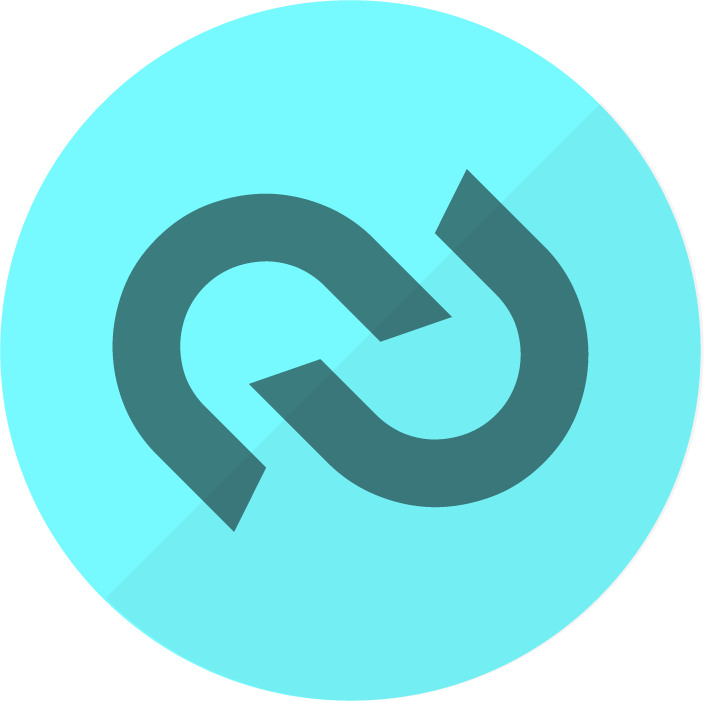How to Incorporate IT Applications into a Culture of Continuous Learning
Would you be willing to invest a few minutes of time to learn something new to save 6 seconds for each patient you see? Here are 4 ideas to incorporate continuous IT learning into your organization.

In the healthcare industry, like many others, it's pretty typical for staff to have professional development and continuing education requirements to maintain a license, certification, or association membership. The primary purpose of the continuing eduction is to help individuals remain current in their particular field with respect to new developments, best practice guidelines, and changes in technology. This is true for both clinicians and non-clinicians alike; and, the number and type of hours needed varies by discipline and often by geographical area/country. For example, every three years I need to complete: 60 professional development units (PDUs) to maintain my PMP certification for project management; 45 continuing education (CE) hours to maintain my CPHIMS certification (for healthcare information and management systems), and an additional 15 CE hours specific to Canadian healthcare for my CPHIMS-CA.
A number of different organizations put a great deal of effort into developing an overall culture of learning for their staff. There are often online learning portals containing eCourse or webinar type materials, and education days that are organized for staff to attend so they may complete their required hours. Participation in conferences is also a popular way to promote learning and attendance fees may even be included as a job benefit for some.
Completing course work or attending seminars and conferences has important benefits for individual. Adding more knowledge to an area of expertise, or increasing the proficiency of a skill set:
- Motivates staff by helping them gain confidence in their work,
- Increases the credibility of team members and organizations as a whole,
- Fills in knowledge gaps and improves skill gaps to staff become more productive and efficient.
What if we applied these same continuing education concepts to our EHRs?
Despite having a strong focus on ongoing learning and skill development in health systems, it is not uncommon for electronic health record (EHR) and other clinical application training to be somewhat limited too moments in time. Sure, there is a strong focus on learning associated with initial implementations and some limited training that occurs with a system upgrade or change in workflow .... but, the culture of ongoing learning doesn't seem to have the same prevalence and support as other aspects of healthcare work.
Now some of you may thing that spending additional time learning various aspects of the EHR won't be beneficial .... (or fun) .... but let's think about that for a moment. How much time in your day is spend hands on keyboard (or smartphone) with a clinical application? And how many times have you read articles, attended presentations, or heard IT staff say that the particular application is capable of phenomenal things that will improve efficiency and overall patient care? Does it sometimes seem that those claims are overrated for the application you work with?
What if there were ways to use the application that could save you just 6 seconds for each patient you see? Would you invest 10 minutes of your time to gain that efficiency for one month? Reports show a range of the average patient volume per day for providers being anywhere from ~11 to ~40 individuals depending on the setting and area of practice. This would result in a time savings of 18-64 minutes over 4 weeks - using a 4 day work week!
Now, I know what you are thinking .... that seems too good to be true .... but is it? Can you honestly say that you feel you know your application so well that there couldn't possibly be a tip or trick you are unaware of? That over time, with all of the enhancements, upgrades, and changes that are happening in the world of technology - you are always up to date with the functionality of your EHR? What if the opportunity to learn something new exists ....
How do we promote a culture of continuous learning when it comes to IT applications?
There are several things that an organization can work on to build towards a culture of continuous IT learning. Some of them may be more complex than others, and not all will work for every health system. Here a few things to try to see if it's possible to find that extra 6 seconds per patient:
- Create short tip sheets highlighting functionality that improves the efficiency of information review, order entry, or document entry that may not be common knowledge. Work with IT staff, vendor representatives, and clinical educators to create material that is straightforward and quick to review. Distribute these tip sheets in a way that will be meaningful and accessible for staff. (I.e. make sure you are not just defaulting to the typical mass email distribution method which drastically reduces the chance they will ever be seen.)
- Encourage providers and staff to ask application related questions that begin with "how do you" or "is there a way I can" .... You may be able to incorporate time into team huddles or staff meetings for this type of engagement. Another method to consider is to have an information board (physical or electronic) where staff can post questions for other team members or IT to answer.
- Encourage providers and staff to show their colleagues how they do things or if there's any fun tips and tricks they've learned recently. This can be particularly beneficial for staff working in different areas, or in different roles to share since we often fall into a consistent pattern with the technology that we use in our daily activities. (Think of all the fun things you've learned to do on your smart phone over the years that you've learned from friends working in different positions or locations.)
- Provide a forum for providers and staff who learn about clinical application related things during conferences, user groups, or vendor boards to share with their colleagues. (For example, lunch and learns or summary presentations posted to an intranet site or shared drive.)
There's no doubt that the pace of change in the technology world is going to, at the very least, continue at its current pace for the next several years. With so much going on, it is important to remember that not every piece of information that was taught or communicated to staff will have been retained. As you work to develop ongoing education materials relating to IT systems, there may be a desire to keep things short and simple by only focusing on what is new and what has changed. This will work .... only if you also provide access to previous learning materials so end users can reference things they may need to brush up on. (Having links to past materials or providing information on where users can find additional educational materials is key to this type of layered approach.)
Remember, asking questions and learning new things about your IT systems is not something to be afraid, embarrassed, or anxious about. Healthcare is a safe place for all of us to continue to gain knowledge and proficiency for all aspects of our work - in fact it's what drives the industry to keep improving on patient outcomes.
"In times of change, learners inherit the earth, while the others find themselves equipped to deal with a world that no longer exists." - Eric Hoffer

